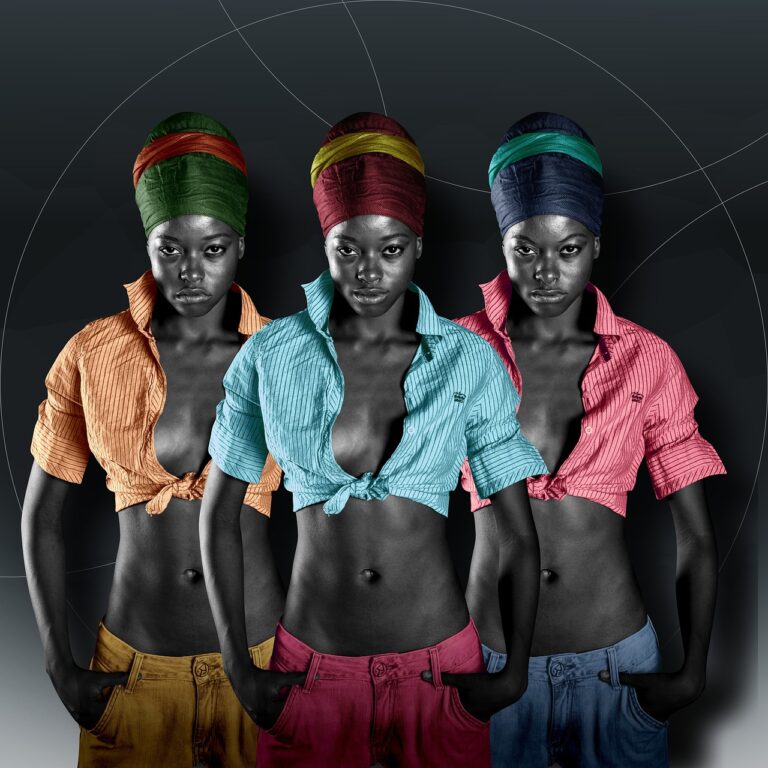Exploring Pattern Making in Artisanal Fashion: Handcrafted Techniques and Detailing: Gold bet 7 sign up, Radheexchange, 11xplay
gold bet 7 sign up, radheexchange, 11xplay: Exploring Pattern Making in Artisanal Fashion: Handcrafted Techniques and Detailing
Artisanal fashion has seen a resurgence in recent years, with many consumers gravitating towards handmade and unique pieces. One of the key components of artisanal fashion is pattern making, which involves creating intricate designs and detailing that set these pieces apart from mass-produced garments. In this article, we will delve into the world of pattern making in artisanal fashion, exploring the handcrafted techniques and detailing that make these pieces so special.
The Art of Pattern Making
Pattern making is an essential aspect of artisanal fashion, as it involves creating unique designs that are then used to cut and shape fabric into garments. Unlike mass-produced clothing, which often relies on standardized patterns and sizing, artisanal fashion embraces the art of creating custom patterns that are tailored to each individual piece.
Handcrafted Techniques
One of the key aspects of artisanal fashion is the focus on handcrafted techniques. From hand-dyeing fabrics to intricate embroidery and beading, artisans use their skills and creativity to bring each piece to life. These techniques not only add a personal touch to each garment but also showcase the craftsmanship and artistry of the maker.
Detailing
Detailing plays a crucial role in artisanal fashion, as it is often the intricate stitching, embellishments, and textures that set these pieces apart. From delicate lace inserts to hand-stitched embroidery, every detail is carefully considered and executed to create a truly unique and one-of-a-kind piece.
The Beauty of Imperfection
One of the hallmarks of artisanal fashion is the beauty of imperfection. Unlike mass-produced clothing, which often prioritizes uniformity and precision, artisanal pieces embrace the quirks and inconsistencies that come with handmade craftsmanship. These imperfections add character and charm to each garment, making them truly special and unique.
Sustainable Fashion
In addition to their beauty and craftsmanship, artisanal fashion pieces also have the benefit of being more sustainable than their fast fashion counterparts. By supporting artisans who create handmade garments, consumers can help reduce their environmental impact and support traditional craftsmanship that is often at risk of being lost.
The Future of Artisanal Fashion
As consumers become more conscious of the environmental and social impact of their clothing choices, artisanal fashion is poised to continue growing in popularity. By embracing handmade techniques and unique detailing, artisans can create garments that not only look beautiful but also tell a story and connect consumers to the makers behind the clothes.
FAQs
1. What is artisanal fashion?
Artisanal fashion refers to clothing and accessories that are handmade using traditional techniques and craftsmanship. These pieces are often one-of-a-kind and feature intricate detailing and unique designs.
2. How is pattern making important in artisanal fashion?
Pattern making is essential in artisanal fashion as it involves creating custom designs and shapes that are used to cut and construct garments. This process allows artisans to create unique and personalized pieces that stand out from mass-produced clothing.
3. What are some common handcrafted techniques used in artisanal fashion?
Some common handcrafted techniques used in artisanal fashion include hand-dyeing fabrics, embroidery, beading, and hand-stitching. These techniques add a personal touch to each garment and showcase the craftsmanship of the maker.







